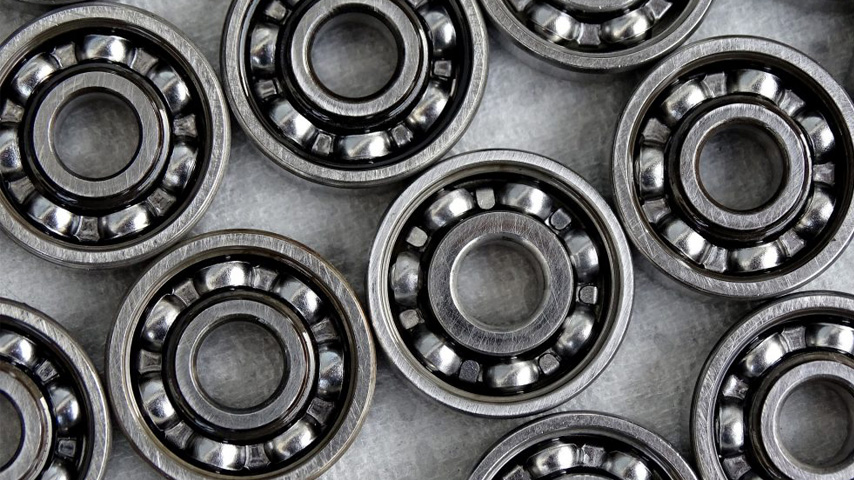Why Good UTV Wheel Bearings Go Bad and How to Fix It
Good UTV wheel bearings can go bad without any warning at all. There are a few things that you really want to look out for when your wheel bearings may be going bad on your UTV. The two main things to pay attention to are noises, like clunking on turns and rumbling while driving, and wheels that don’t stay true while driving in a straight line. When you need to fix your UTV wheel bearings, you may need to do it quickly in order to avoid creating any further issues for your suspension.
But why does a good UTV wheel bearing go bad anyways? Well, this can all depend on your style of riding and how much you take care of your bearings. If you’re religious about greasing them up and taking care, then bad bearings may just be due to age or aggressive riding. They do a lot while riding, and this can create a lot of general wear and tear.
We’re going to look at what you need to watch out for, and how to replace your UTV wheel bearings to get your rig up and running like it should.

Signs of UTV Wheel Bearings Gone Bad
There’s a wide variety of noises that you need to look out for to tell if your UTV wheel bearings have gone bad. There’s snapping, clicking, grinding, rumbling, and growling, all of which can be a tell-tale sign of bad wheel bearings. Pay attention to these noises, especially when making turns, as you’ll most likely hear them before seeing any other signs.
Another big sign is a UTV that doesn’t want to follow a straight line when headed in that direction. Wobbly wheels from bad UTV wheel bearings will steer you off course, telling you it’s time to replace your wheel bearings.
You can tell if your UTV has been moving erratically by examining the tread on the tires. If there is uneven wear, you most likely have wobbly wheels, meaning bad wheel bearings.
Replacing UTV Wheel Bearings
When good UTV wheel bearings go bad, you need to replace them. This is a relatively simple task that most people can do at home. All you need to do is remove the wheel, then pull the hub off as well as the spindle. To do this, you’ll need to disconnect the ball joints and tie rod. Now you can unclip the old wheel bearing, clean the area, and replace it. Now you only need to put the wheel back together and you’re good to go!







































